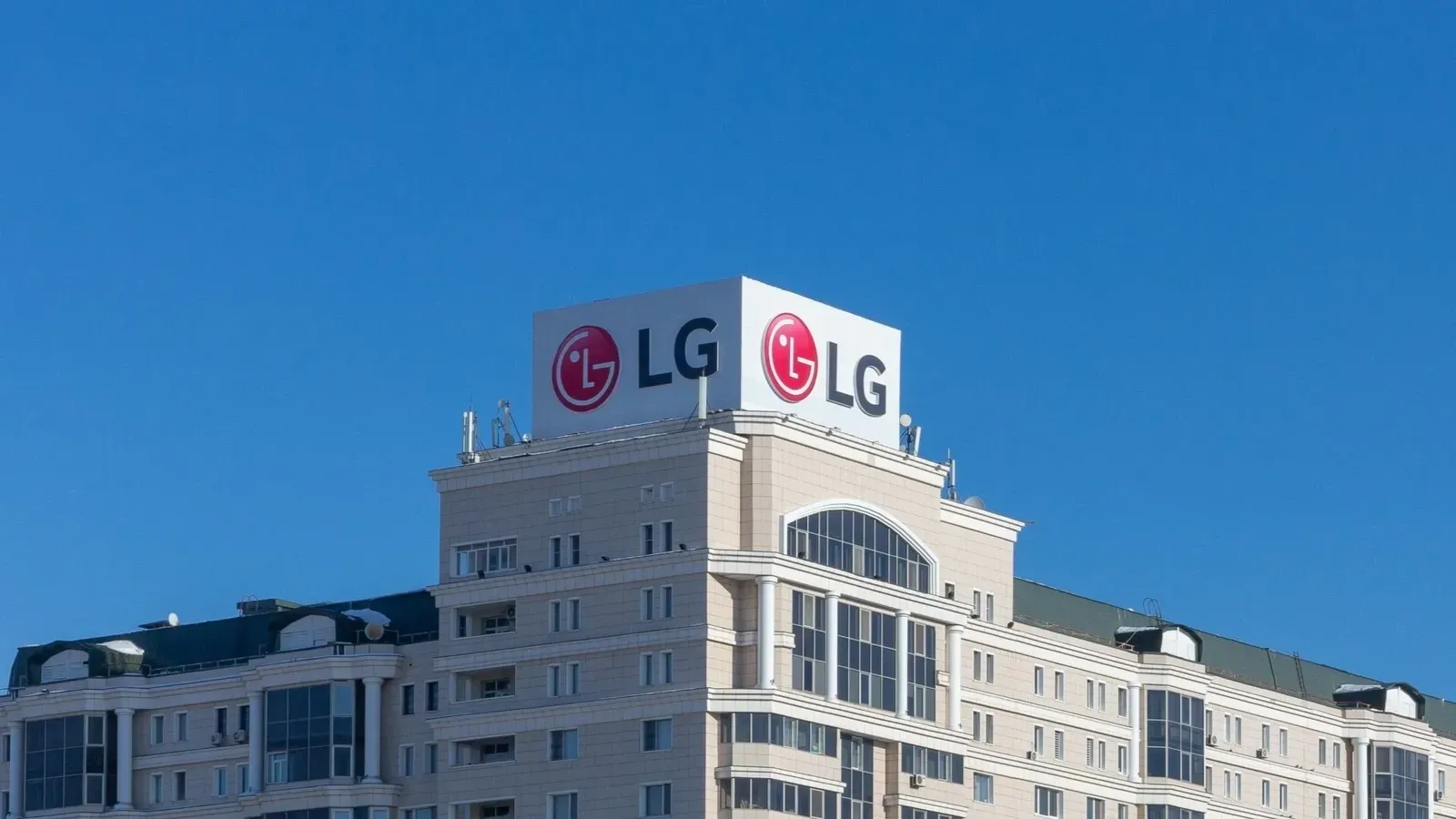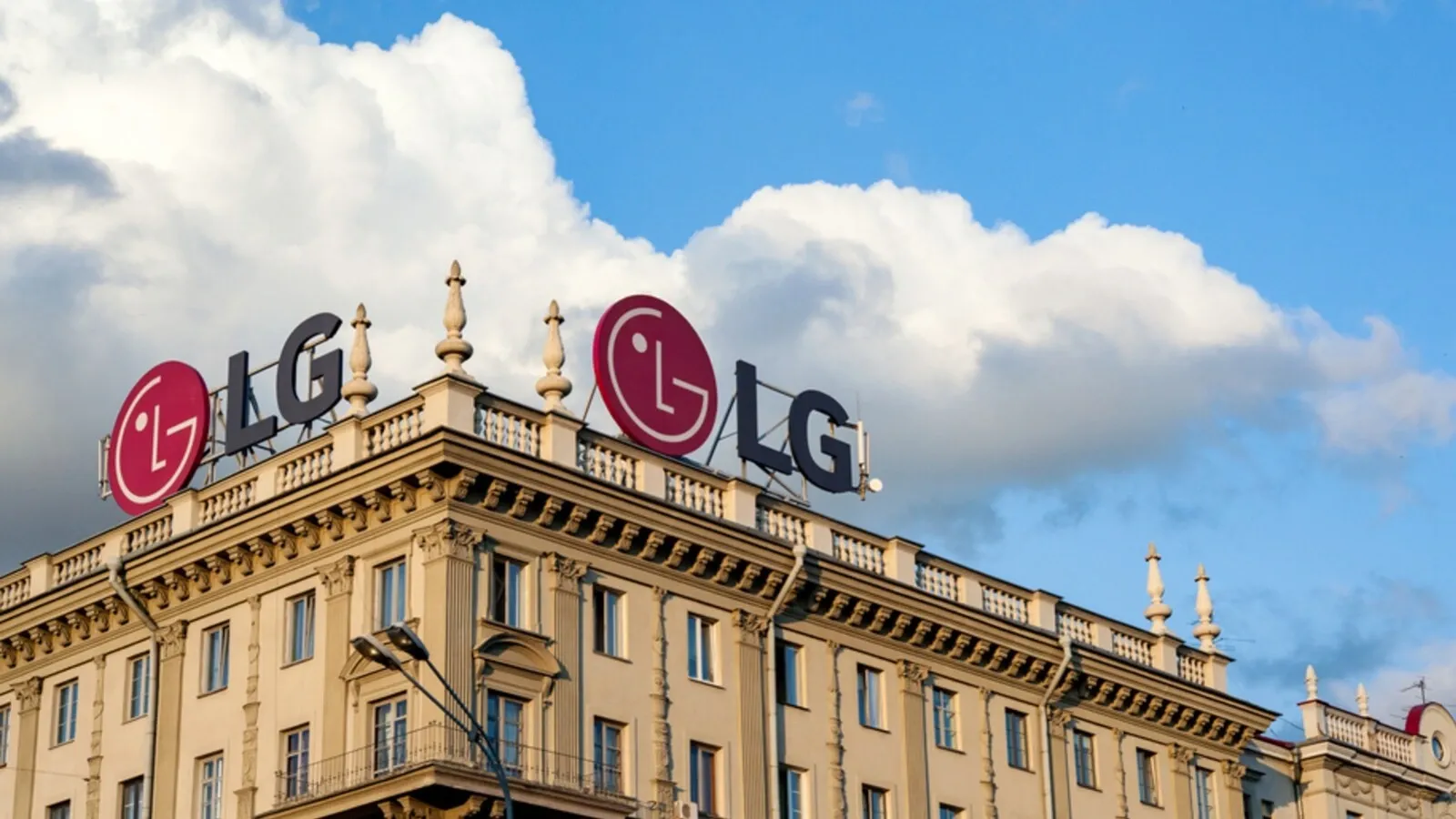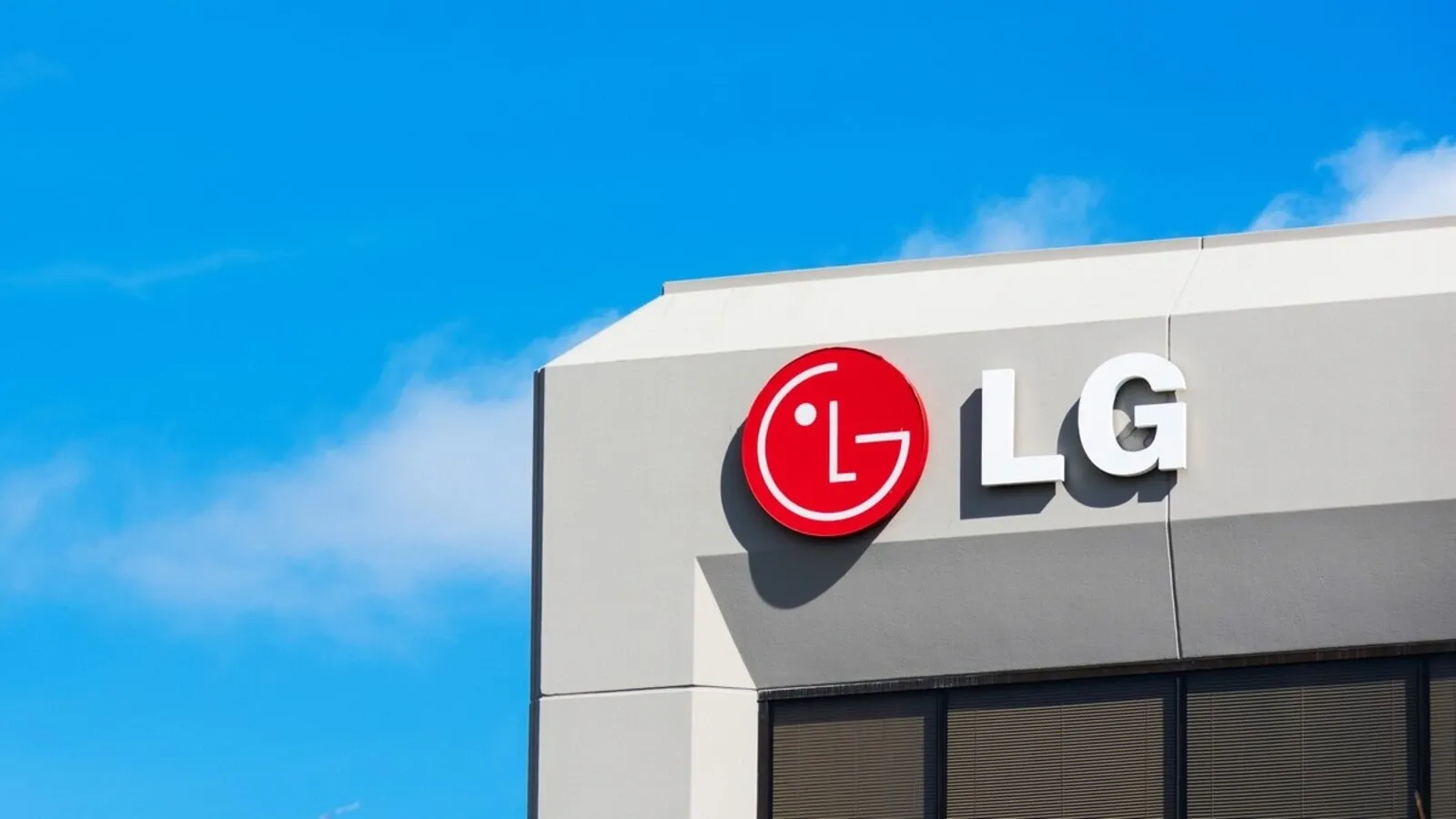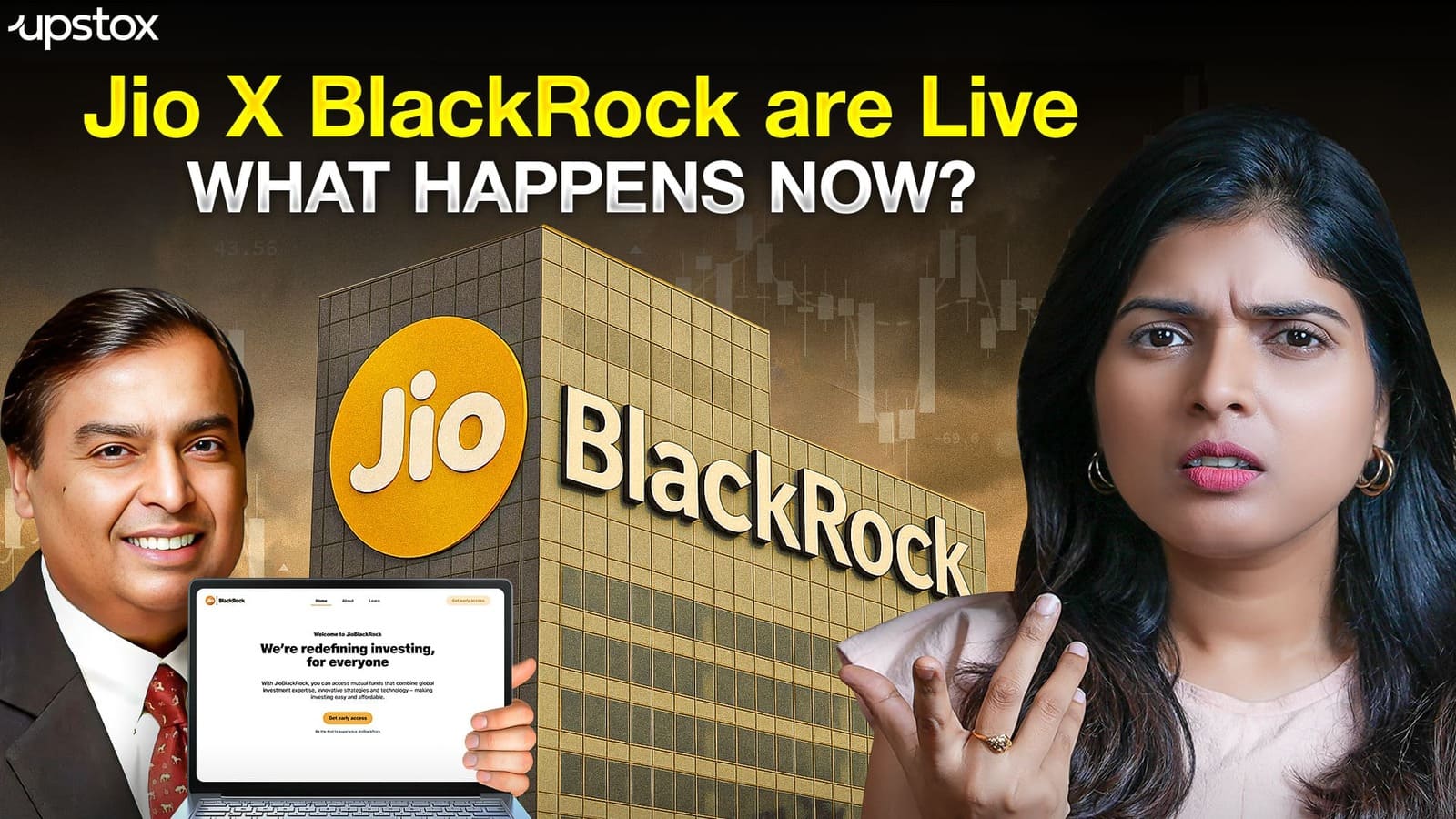Market News
LG Electronics IPO listing: What's next after bumper debut amid consumption boost, strong durable goods market?
.png)
5 min read | Updated on October 15, 2025, 09:00 IST
SUMMARY
LG Electronics IPO listing: Analysts note LG Electronics is in a sweet spot to capitalise on the consumer durables market (market leader in most categories with a presence in almost all categories and across all price points).

The IPO had a price band of ₹1,080 to ₹1,140 per share, valuing the company around ₹77,400 crore at the upper end. | Image: Shutterstock
The stock listed at ₹1,710.10 apiece on the National Stock Exchange (NSE), a premium of 50.01% over the IPO issue price of ₹1,140 per share.
On the BSE, the stock started trading at ₹1,715, up 50.44% from the issue price.
The initial public offering (IPO) of LG Electronics India Ltd received 54.02 times subscription on the final day of bidding on Thursday, October 9, driven by overwhelming participation from institutional buyers.
The ₹11,607 crore IPO received bids for 3,85,33,26,672 shares against 7,13,34,320 shares on offer, according to NSE data.
The portion for Qualified Institutional Buyers (QIBs) got subscribed a huge 166.51 times, while the non-institutional investors' quota received 22.44 times subscription.
The category for retail individual investors (RIIs) attracted 3.54 times the subscription.
The IPO had a price band of ₹1,080 to ₹1,140 per share, valuing the company around ₹77,400 crore at the upper end.
This was the second South Korean company to tap the Indian stock market, following the listing of Hyundai Motors India Ltd in October last year.
The IPO was entirely an offer for sale (OFS) of 10.18 crore shares, representing about 15% stake, by the South Korea-based parent.
Since the public issue was completely an OFS, LG Electronics India didn't receive any IPO proceeds.
What's next after bumper IPO subscription?
Most analysts are positive on the company, given the huge opportunity in India's home appliances and consumer electronics market. The market, analysts note, is projected to post a CAGR of nearly 11% over CY24-29, reaching around ₹11 trillion by CY29.
Excluding mobile phones (LGEIL exited this segment in FY23), the market is estimated to clock a 14% CAGR during CY24-29. As a market leader in major categories, LGEIL is well-placed to benefit from this strong industry growth momentum, they note.
Additionally, they highlight that the company has built a strong reputation in the Indian market through consistent product quality, localised innovation, and a deep understanding of consumer needs.
"With strategically located manufacturing units and a widespread distribution network across the country, LGEL continues to strengthen its market position by offering technology-driven solutions that enhance everyday living. Operating under the brand philosophy "Life's Good", LGEL focuses on delivering value through smart, reliable, and user-friendly products tailored for Indian households, said a media report that quoted an investment firm's views.
Meanwhile, before the launch of the IPO, Elara Capital, in its note, had said that the Indian consumer durables space is set for a period of healthy double-digit growth, led by sturdy macro tailwinds and tax cuts (thus, reviving consumer demand).
LG Electronics is in a sweet spot to capitalise on this (market leader in most categories with a presence in almost all categories and across all price points). LG Electronics is growing its localisation by 1-2% every year to gradually improve its EBITDA margin. With a growth rate of 13% in the past four years and an industry-leading margin, LG Electronics seeks to maintain this run rate. LG Electronics is an asset-light business model with industry-leading RoEs and RoCEs of 45% and 46%, respectively, in FY25.
The analysts at Elara Capital had said that the IPO was highly attractively priced at a PE of 35x FY25 EPS, at a 50% discount to its peers.
Other factors that bode well for the company's prospects are rising urbanisation, electrification, and nuclearisation of families, growing premiumisation, and low penetration rate for durables, which is set to increase.
As regards rising urbanisation, electrification, and nuclearisation of families, analysts note that the growing amount of nuclear families compared with traditional joint families has led to a rise in demand for housing. Additionally, rising urbanisation and growing penetration of products (mobile phones and televisions) in rural India, led by increasing electrification of villages, has led to a rise in demand for durables and electricals.
Besides, growing premiumisation has become an emerging theme in the electricals industry in India. Rising middle-class aspirations are driving stronger demand for premium products, with such growth outpacing that of mass-market offerings. As a result, an increase in ASP is leading to a rise in sales for most brands, which is also positive for margins.
Further, analysts note that the penetration rates for consumer durables in India are very low compared with developed countries such as the US and China. This is due to the higher cost of such products and low income levels in India. However, as the youth enter the workforce and aspirations to own durable goods rise, the penetration rate for these products is set to surge.
Related News
About The Author
Next Story



